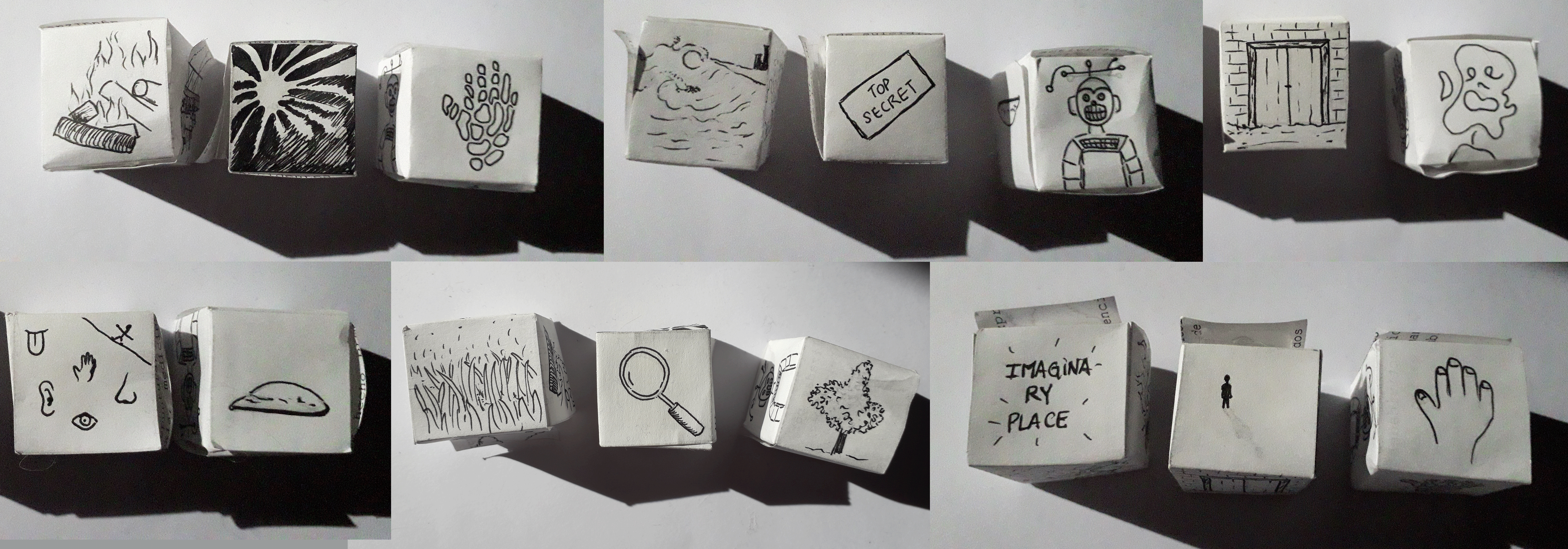3.BOOK Ilustration&narrative development
Illustration development¶
References¶
I visited MISCELANEA to investigate more about illustration. How they are defined is a mixture composed of different things and genres - materials that in many cases can seem unconnected and incongruous, making sense through the medium of a directed permanent programme to bring contemporary creation closer to the public. ,is a multidisciplinary arts space that has as its aim the dissemination and exhibition of creative work and contemporary artistic expressions of the city. In MISCELANEA, art, design and audiovisual creation converge with all types of cultural manifestations of an independent nature, with the objective of always offering new creative proposals together with new forms of expression I found many and diferent esthetics.I could contact Ana de Lima she was very generous and gave me a very useful feed back.

Also Barbara Urio Thanks FabricademerAgnes for the contact ❤️

Some of their feed back were * in range from 7-10 sometimes text is important.
Drawing process¶
I decided to make the drawings on my own so I kept investigating
It was very useful to start making the drawings in pencil, looking at objects and trying to copy them without lifting the pencil from the paper
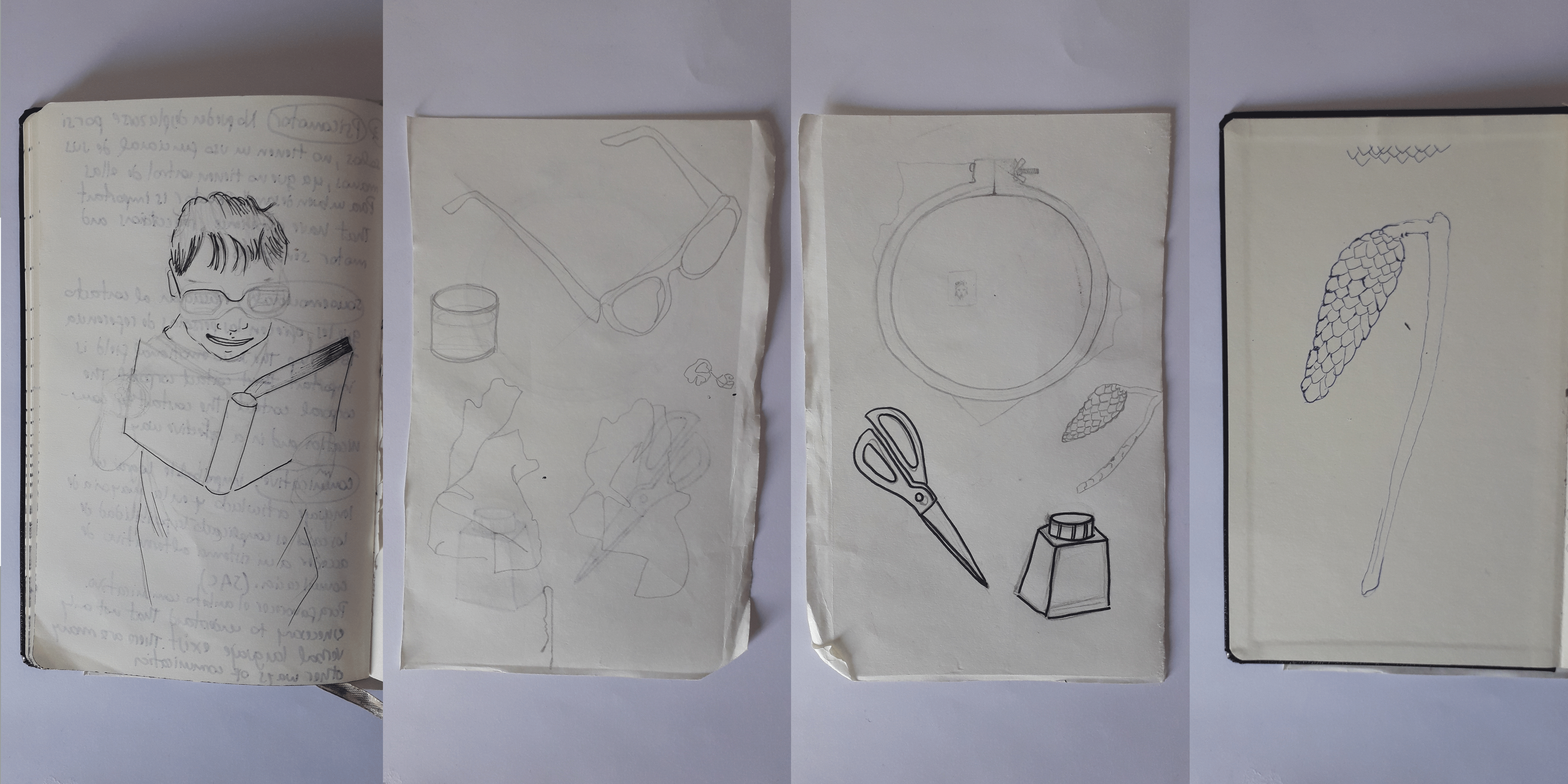
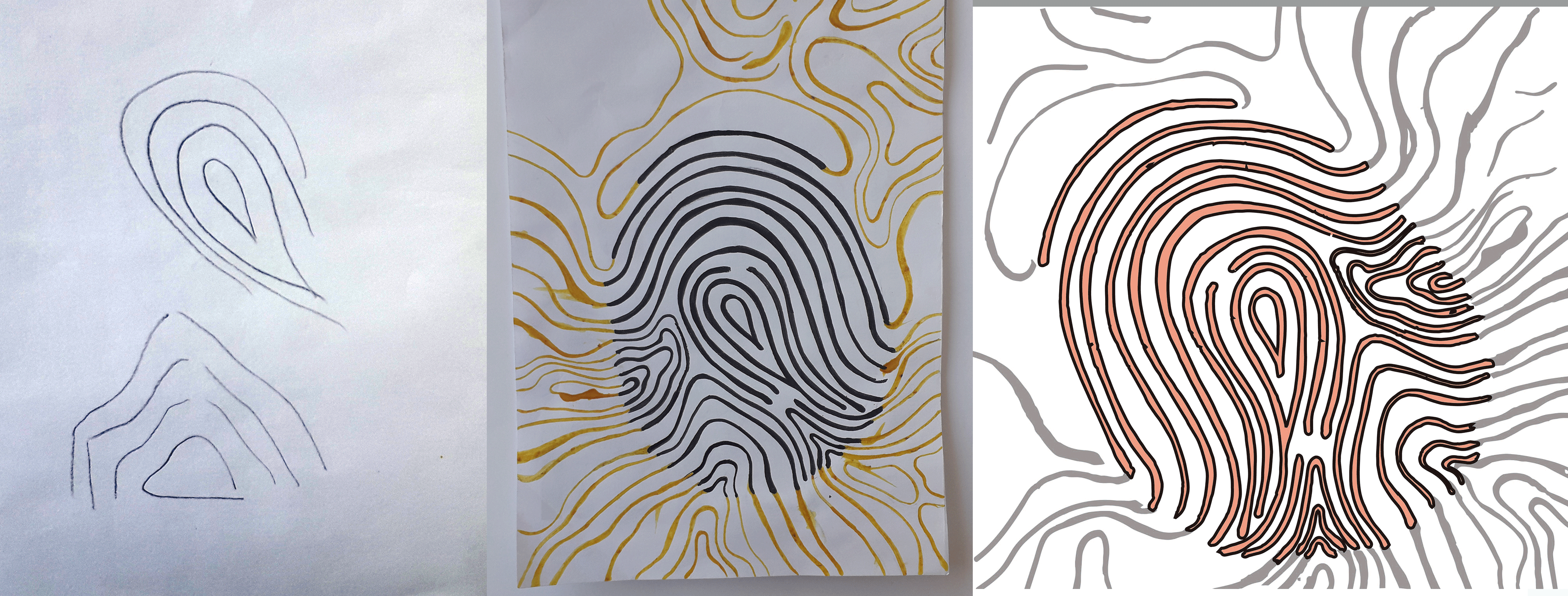
Then to give character to the line, probe using this marker Edding 1mm to thicken the lines, in some cases thicken the line with this ink and in others combine the two tools, this gives an organic finish highlighting the line by hand

For the story i did a sketch of some of the scene i want to represent It was very useful to think that the image and the text could go together as well as separate and that the story could be more narrative or poetic




Towards vectors¶
After having the drawing on paper use this app to digitize it Camscanner


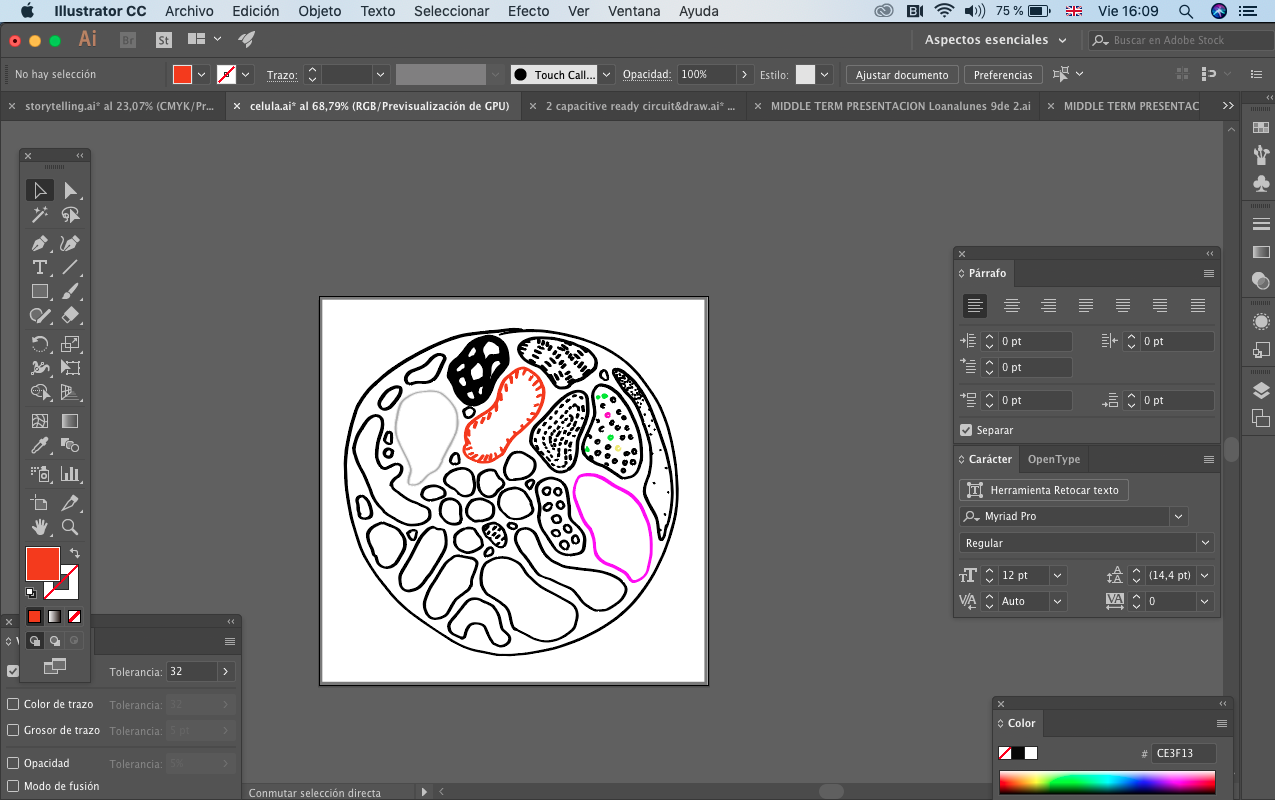
Here there are some useful tutorials in my process
- how to scale illustrations without deforming
Técnicas narrativas¶
I read about why we want children to read?which is a children's book?What is considered childhood? and how to go from the text to a finished book? I found a lot of information about publishers and narrative techniques that I explain here



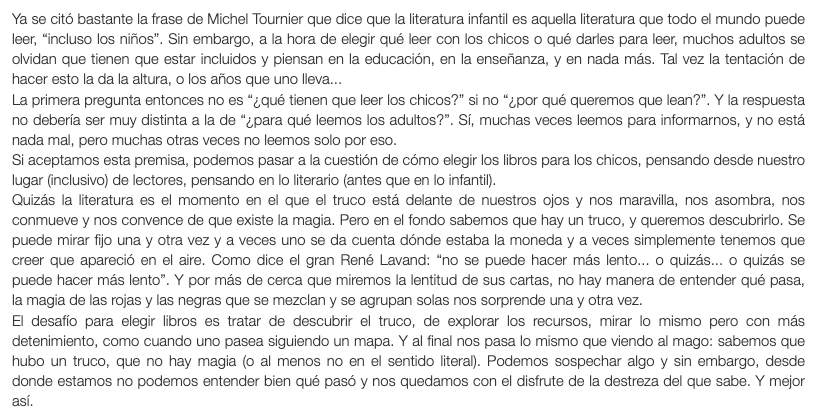

Also I make dices to generate a story, first you have to make three lists for example characters objects and scenarios could also be feelings, times, climates etc then what you can think of in each one you put on the list for example in characters an imaginary being , It can be an object like a stone, also someone real like a granny etc Every time you roll the dice you will have to tell a story with what you have touched, it is very useful to let your imagination fly and generate stories,


Other interesting articles on children's narrative¶
Suggestions for future readers [Adaptacion literaria infantil](http://imaginaria.com.ar/2012/05/los-clasicos-infantiles-esos-inadaptados-de-siempre-algunas-cuestiones-sobre-la-adaptacion-en-la-literatura-infantil/() [Librojuego](https://www.gabriellaliteraria.com/como-se-escribe-un-librojuego/()
History depends on the conflict? Hidden structures of books: choose your own adventure
Writers to investigate¶
Ilustrators references¶
Isol [Shaun Tan](https://www.barbarafioreeditora.com/shauntan/() Emily Hughes Á toute épreuve (Proof Against All)
